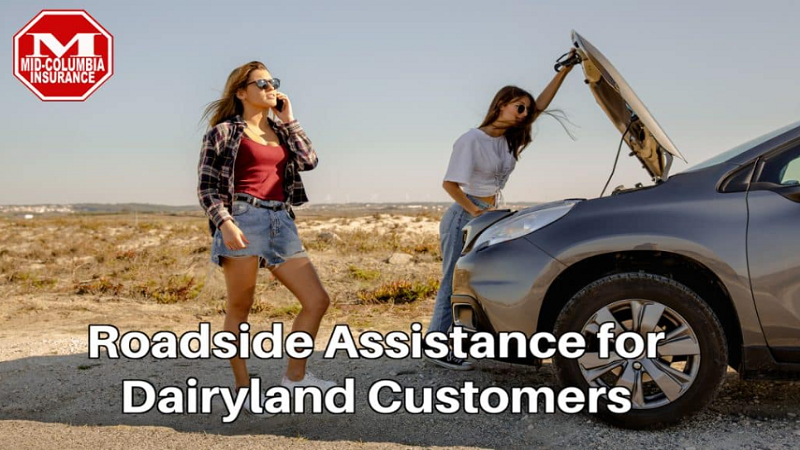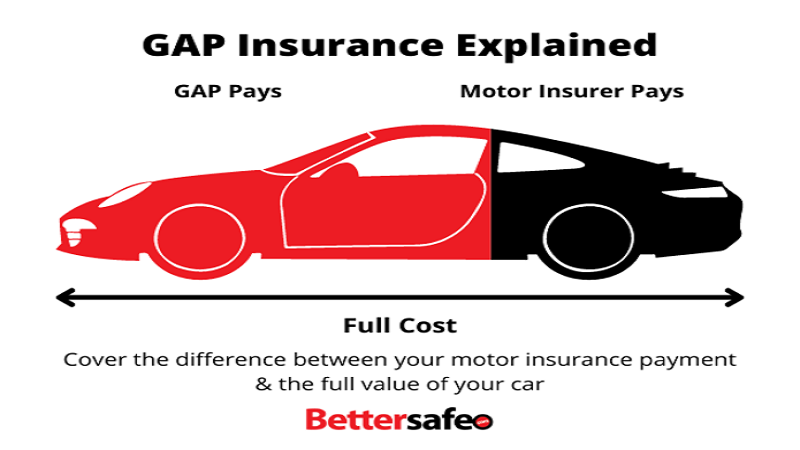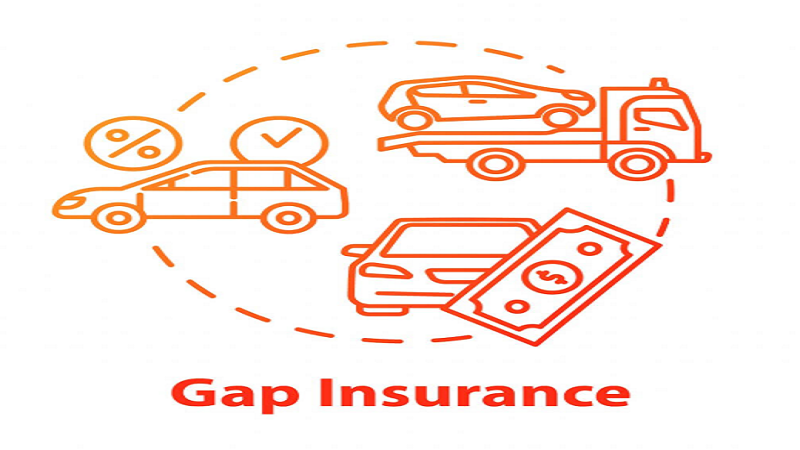Gap insurance, also known as Guaranteed Asset Protection, is designed to cover the difference between your car’s loan or lease balance and its current market value if your vehicle is totaled or stolen. While this coverage can be a lifesaver in certain situations, there are times when you may want or need to cancel it. This article explains gap insurance cancellation in a clear, step-by-step format so you can make informed decisions and manage the process without stress.
What is Gap Insurance?
Gap insurance is an optional coverage that bridges the financial gap between your auto loan or lease amount and your car’s actual cash value. Cars depreciate quickly, and in the first few years, you might owe more than the car is worth. That’s where this policy steps in.
For example, imagine you purchased a car for $30,000, and after a year, its market value drops to $25,000. If you still owe $28,000 and the car is totaled in an accident, gap insurance covers that $3,000 difference.
However, once the risk of being “upside down” on your loan is gone, gap insurance cancellation becomes a smart financial decision.
Reasons for Gap Insurance Cancellation
There are several reasons why you might consider canceling gap insurance:
Loan or Lease Paid Off Early
Once your loan or lease is fully paid, there’s no balance for the insurance to cover. At this point, keeping the policy no longer provides value.
Vehicle Sale or Trade-In
If you sell your car or trade it in for another vehicle, the original policy no longer applies, making gap insurance cancellation the right move.
Refinancing Your Loan
If you refinance your car loan and the new loan amount is lower than the car’s market value, gap coverage may no longer be necessary.
Cost Savings
Many people cancel gap insurance simply to save money, especially if the coverage is included in a monthly loan or lease payment.
Duplicate Coverage
Some auto insurance policies already include similar protection. In that case, canceling the separate gap policy avoids paying for the same coverage twice.
Step-by-Step Process to Cancel Gap Insurance
Here’s a straightforward guide to help you cancel your policy without complications:
Review Your Policy or Contract
Before proceeding, carefully review your policy. Understand the terms, refund rules, and the process required for gap insurance cancellation.
Contact Your Provider
Reach out to the company that issued your policy. This could be:
The dealership where you bought the car
Your lender or bank
Your auto insurance company
Provide them with your policy number and personal details for quick assistance.
Gather Required Documents
Most providers need certain documents to process your cancellation, such as:
Proof that your loan is fully paid
Vehicle sale documents
Refinance paperwork
Having these ready can speed up the process.
Submit a Written Request
Although some companies allow phone cancellations, it’s always safer to submit a written request. Include:
Your full name
Vehicle details (VIN, make, model, year)
Policy number
Reason for gap insurance cancellation
Signature and date
Confirm Cancellation and Keep Records
Once your cancellation is processed, request a written confirmation. Keep this document for your records in case of any disputes later.
Refunds and Financial Considerations
When you cancel gap insurance, you may be entitled to a refund depending on your policy terms. Here’s what you should know:
Refund Calculation: Refunds are often prorated based on how long you’ve had the coverage.
Timeframe: Refunds typically take 2–8 weeks to process, depending on the provider.
Adjustments: If you still owe money or have unpaid fees, your refund amount may be reduced.
Always verify the refund details with your provider to avoid surprises.
Common Mistakes to Avoid
When handling gap insurance cancellation, avoid these pitfalls:
Not Confirming Cancellation: Always get written proof.
Overlooking Fine Print: Some policies include non-refundable fees or require early cancellation for full refunds.
Delaying Cancellation: The longer you wait, the smaller your refund may be.
Assuming It Cancels Automatically: Paying off your loan doesn’t automatically cancel the policy; you must take action.
FAQs About Gap Insurance Cancellation
Can I cancel gap insurance anytime?
Yes, you can cancel anytime. However, the sooner you cancel, the larger your potential refund.
How long does the process take?
Most cancellations are processed within 2–6 weeks.
What if I still owe money on my car loan?
It’s best to keep the coverage until your loan balance is less than or equal to your car’s market value.
Does cancellation affect my credit score?
No, canceling gap insurance does not impact your credit rating in any way.
Is a refund guaranteed?
Not always. Refunds depend on your policy terms and how long you’ve had the coverage.
Conclusion
Gap insurance cancellation is a smart move when the coverage is no longer needed. Whether you’ve paid off your loan, sold your car, or refinanced to a lower balance, canceling can save you money and simplify your finances. Follow the steps in this guide, keep good records, and always confirm the cancellation in writing. By staying organized, you can make the process smooth and stress-free while ensuring you receive any refund you are entitled to. More Information











